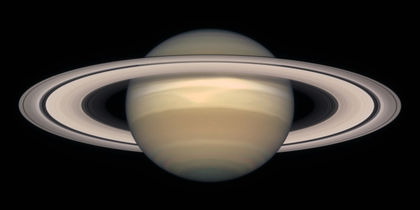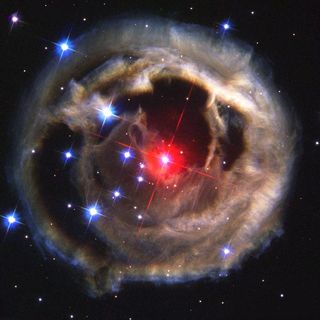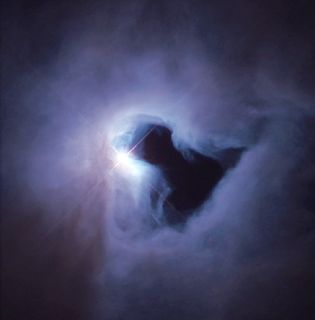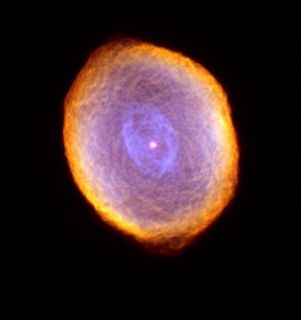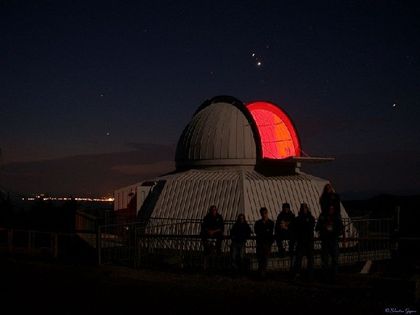What is Astronomy?
Often considered the oldest science, it was born of our amazement at the sky and our need to question
Astronomy is the science of space beyond Earth’s atmosphere. The name is derived from the Greek root astron for star, and nomos for arrangement or law. Astronomy is concerned with celestial objects and phenomena – like stars, planets, comets and galaxies – as well as the large-scale properties of the Universe, also known as “The Big Picture”.
More specifically, astronomy is the study of the origin and evolution of the Universe, the physics and chemistry of celestial objects, and the calculation of their positions and motions.
For most people, astronomy represents a world that is both mysterious and grandiose – a story about glimmering celestial objects and the immensity of the cosmos. Staring up at a starry night sky evokes strange and unique feelings, as if we have been given a glimpse into the most fundamental mysteries of life. It prompts us to ask the deepest existential questions: Who are we? Where did we come from? Are we alone? The lure of these universal enigmas was the spark that ignited the passion of many of today’s famous astronomers.
Astronomy also plays a much more practical role that is not nearly as important today as it was in the past. Since the time of our earliest ancestors, humans have used the motions of celestial objects to position themselves in space and time. Prehistoric humans studied the relationship between the seasons and the length of days to plan their hunting and gathering activities. It was also by observing the positions of the stars that the first farmers decided when to plant and when to harvest, and early navigators could sail the oceans blue.
In the Age of Antiquity, astrometry – the measurement of the positions of stars and planets – was the main occupation of astronomers. There was some degree of interest for astronomy from the general public as well, since they believed that the positions of celestial objects influenced events that took place on Earth. Astrology, which is the art of predicting future events based on such observations, was considered a branch of astronomy and formed an integral part of the astronomer’s work for several centuries.
During the Renaissance, advances in mathematics coupled with the invention of new observational instruments (like the refracting telescope) gave rise to modern astronomy. Studies into the force of gravity led to the creation of celestial mechanics: a new branch of astronomy that allowed the motions of astronomical objects to be mathematically predicted for the first time ever. Astrometry and celestial mechanics became the two main fields of study for astronomers, whereas astrology was relegated to the status of pseudo-science and no longer practiced by astronomers.
From the 19th century onwards, the discovery of the electromagnetic spectrum and the world of the atom spurred on the development of astrophysics, a new discipline in astronomy that is now considered to be the most important.
Today, astronomy covers several disciplines:
- Astrometry, which is the precise measurement of the position of stars and planets, and which is greatly facilitated by the use of modern CCD cameras and computers
- Stellar astronomy, which is the study of the origins and evolution of stars
- Galactic astronomy, which studies the structure and components of galaxies
- Astrophysics, which studies the Universe and the physics of its constituents (luminosity, temperature, chemical composition)
- Cosmology, which studies the origin and evolution of the Universe as a whole
Related to these fields of research are two disciplines that lie more within the domain of geologists and biologists: planetary science, which is the study of asteroids, comets and planets, and astrobiology, which studies the possibility of life in the Universe.
Nowadays, professional astronomers have a strong background in astrophysics and their observations are almost always examined in an astrophysical context. Any new theories are tested using observations that confirm or refute the proposals or allow new ideas to be advanced. The process can be thought of as a continual dialogue between theory and observation.
Amateur astronomers also play an important role in research. The most serious amateurs actively participate in the study of variable stars, the discovery of new asteroids or comets, and other exciting astronomical work.
John Richard Bond explains what the purpose of astronomy is.
Download video: MP4, (5,53 MB), WebM, (5,68 MB), Ogg (5,64 MB) (1 minute 04 seconds)
Learn more about John Richard Bond
ASTROLab/Mont-Mégantic National Park, 2005
